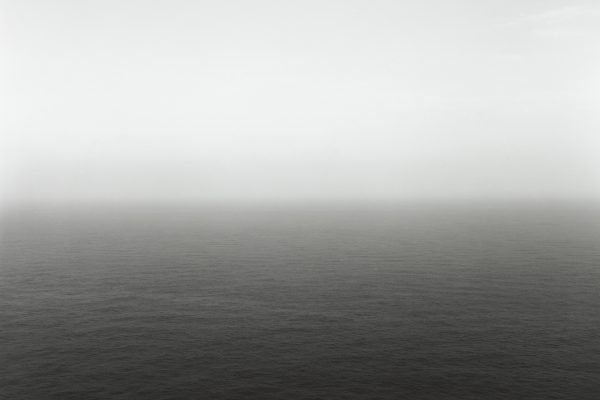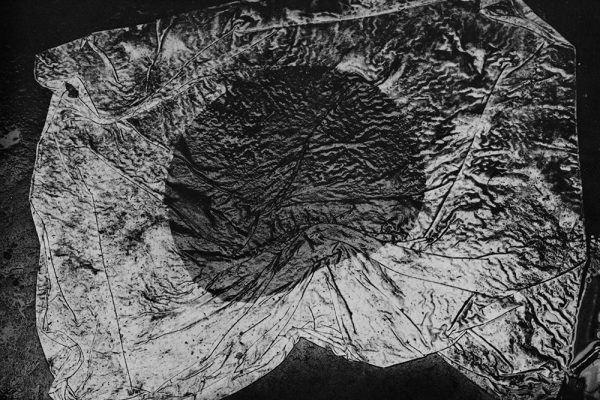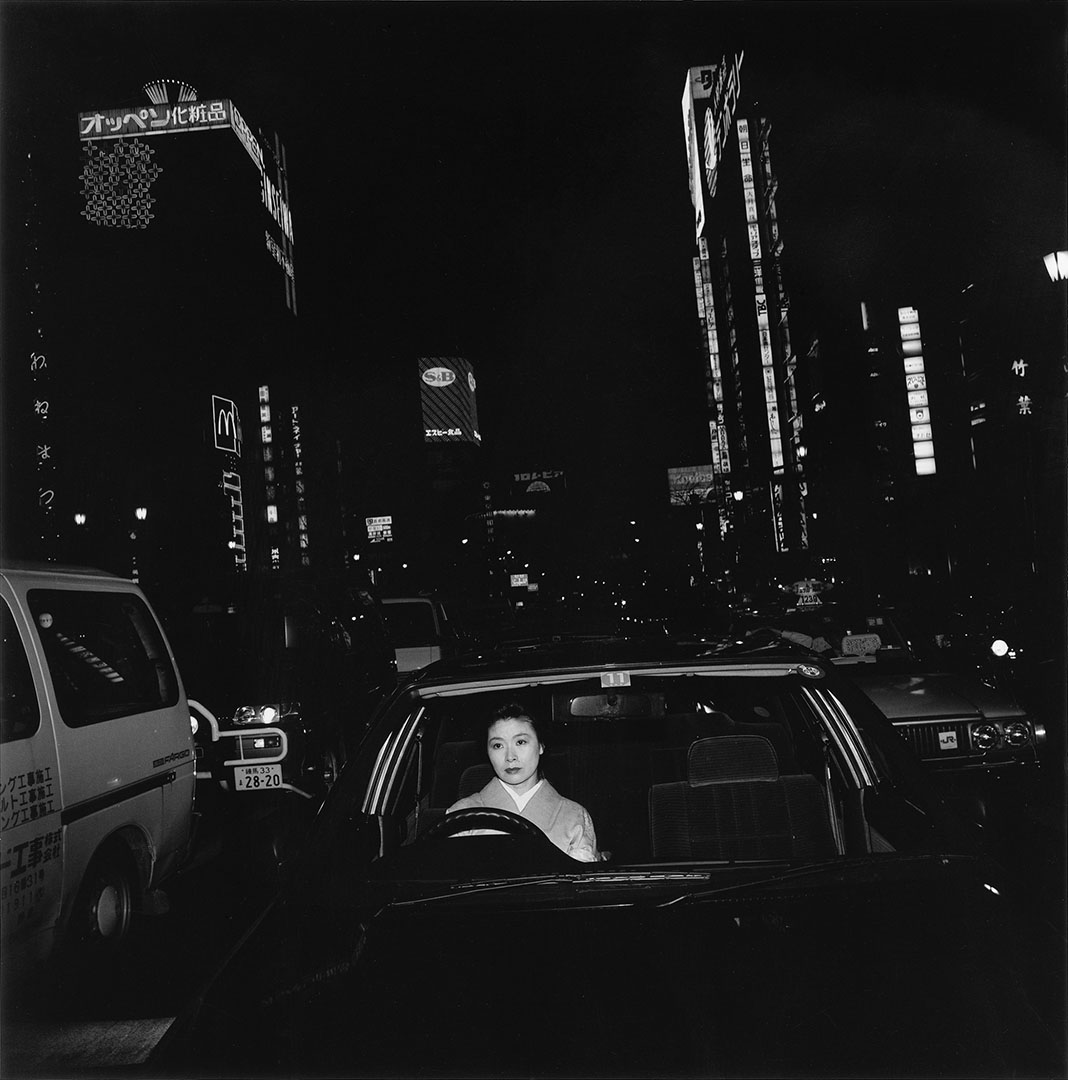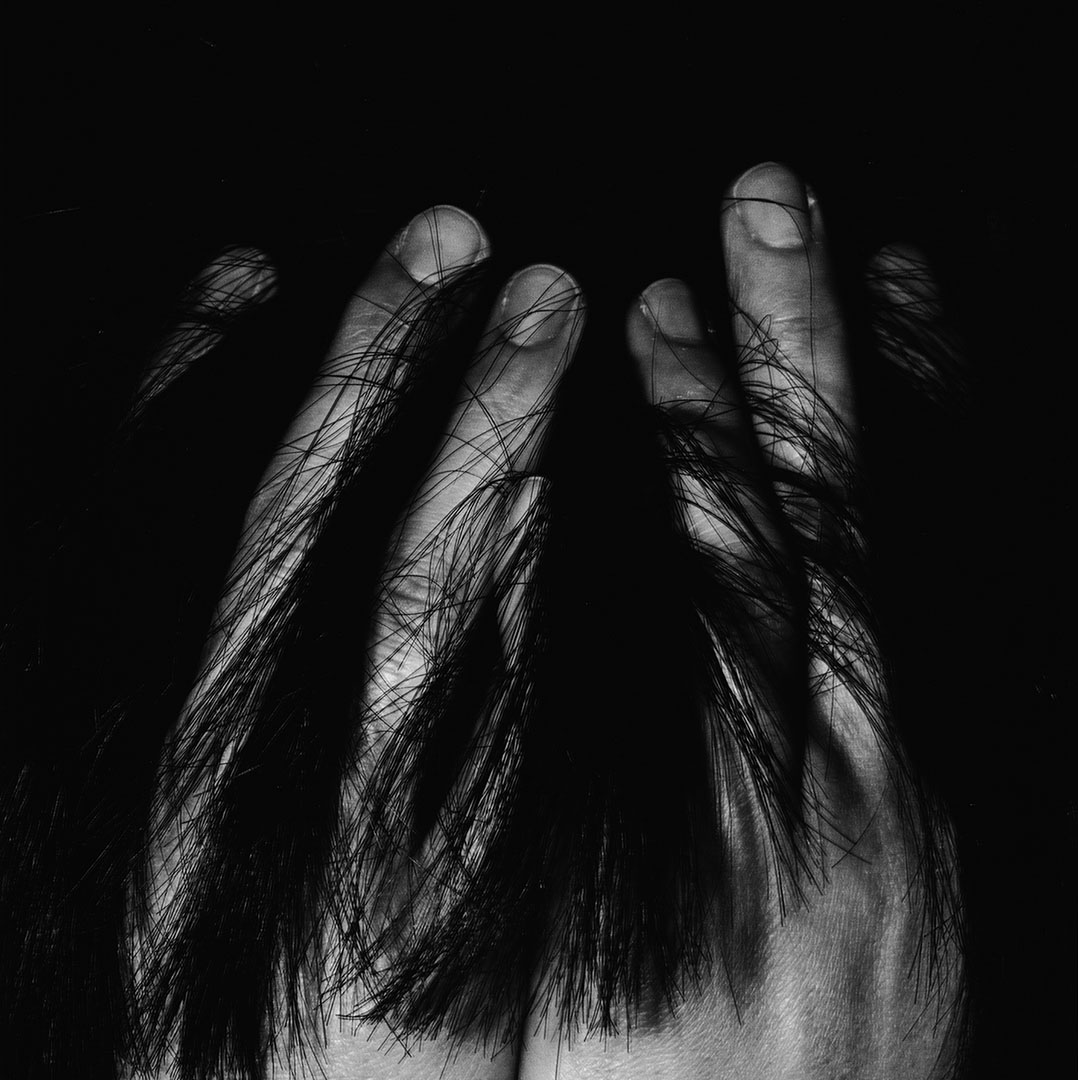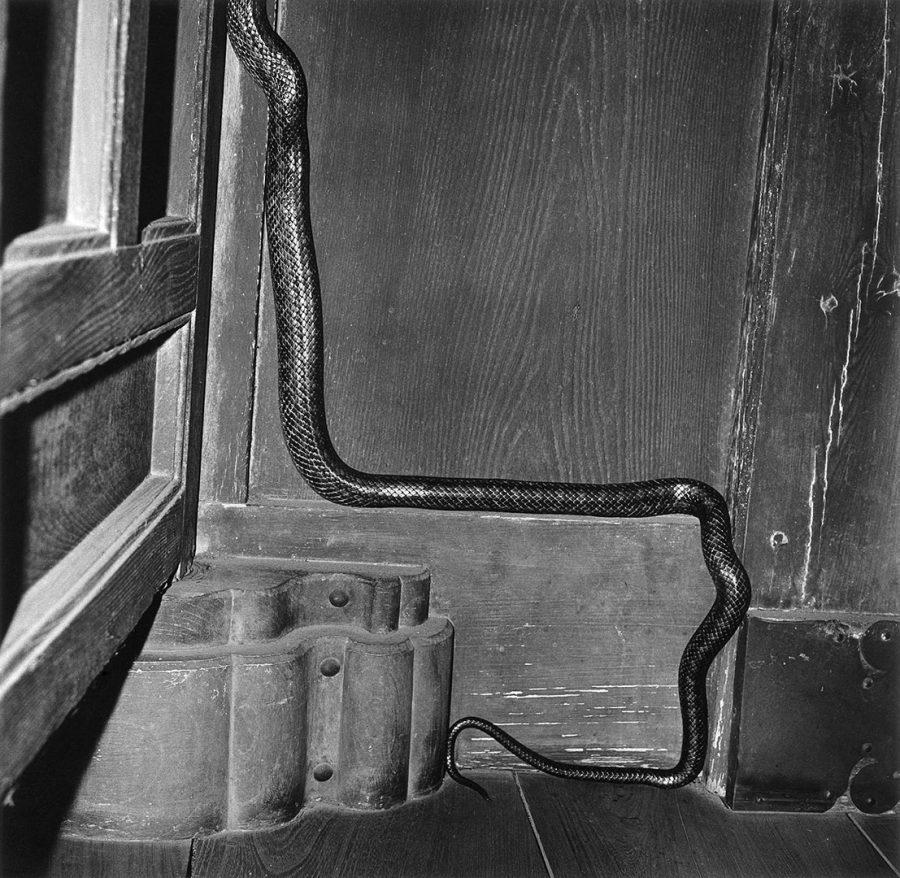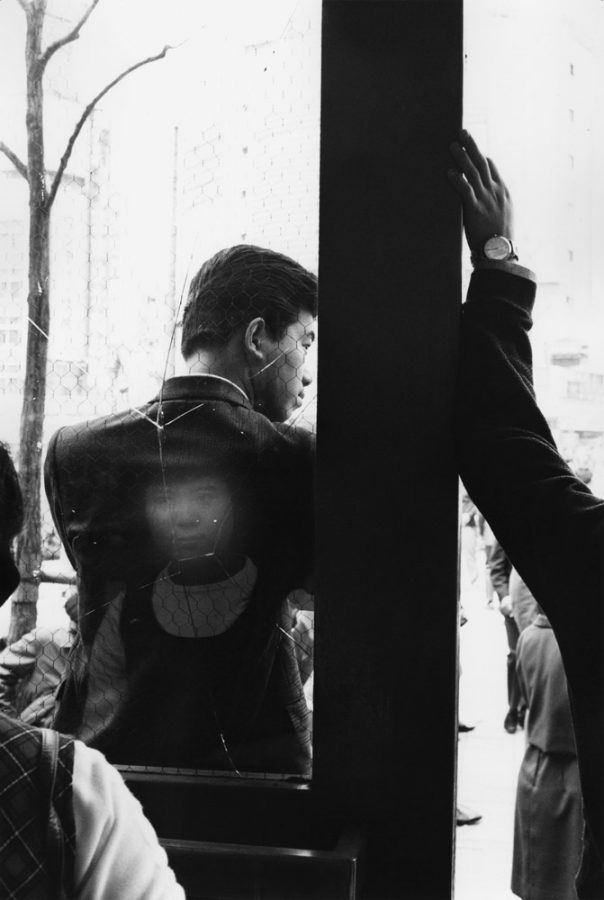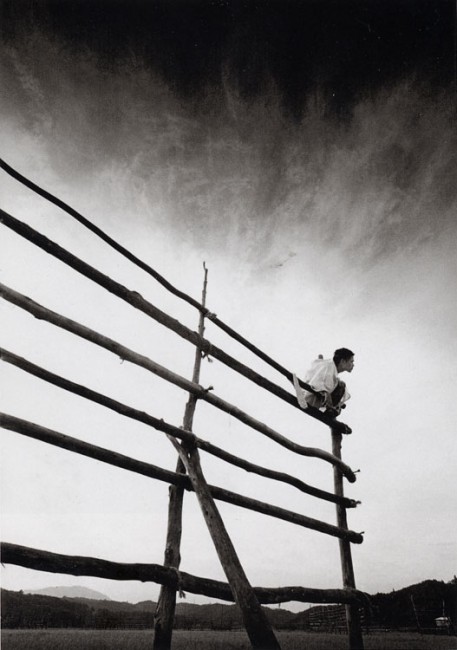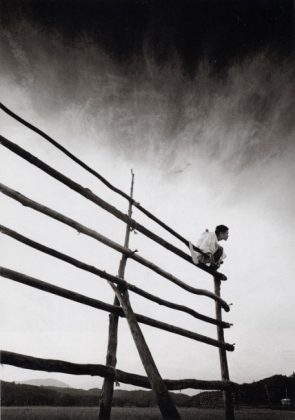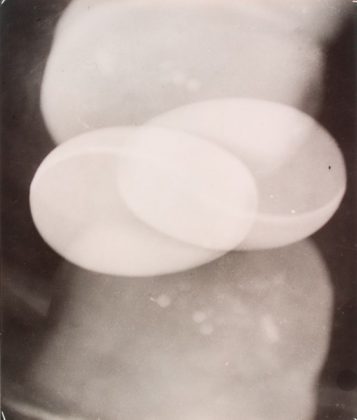Previously I had posted an interview I did with Mariko Takeuchi on Japanese photography, this time I am posting an interview the Berlin publisher Roland Angst did with me on the Japanese photographer Issei Suda for the first Western monograph in the artist.
Suda is slowly becoming more popular in the West[1]At GALERIE PRISKA PASQUER we introduced Issei Suda’s work with two solo exhibitions in 2009 and 2013 and frequent presentations at fairs like Paris Photo, AIPAD New York and … Continue reading with his distinct but mysterious 1970s work as a kind of antithesis to the raw energy of the Provoke photography.
Issei Suda, a Master of Japanese Photography | Interview by Roland Angst with Ferdinand Brueggemann
Published in: “Issei Suda – The Work of a Lifetime – Photographs 1968 – 2006“, Only Photography, Berlin, 2011
RA: Is it correct to say that Suda succeeds – despite the strong influence of Japanese history and tradition on his perceptions and his choice of motifs – in creating a modern image of Japan, albeit one that is more classic than provocative, as in the case of the Provoke Group?
References
| ↑1 | At GALERIE PRISKA PASQUER we introduced Issei Suda’s work with two solo exhibitions in 2009 and 2013 and frequent presentations at fairs like Paris Photo, AIPAD New York and Art Basel. See here: https://priskapasquer.art/issei-suda/ |
|---|

